What’s next after Greenland? United has big off-the-beaten-path plans for 2026 and beyond

Think Greenland was an unexpected route for United Airlines? There’s likely more where that came from.
The Chicago-based carrier has been on quite the run when it comes to alluring new destinations. This spring brought inaugural flights to the likes of Senegal, Mongolia, Sicily and Bilbao, Spain … not to mention this past weekend’s launch of Nuuk nonstop service.
Next up this fall: new flights to Ho Chi Minh City, Vietnam, and Adelaide, Australia.
More far-flung destinations could be on the way in the coming years.
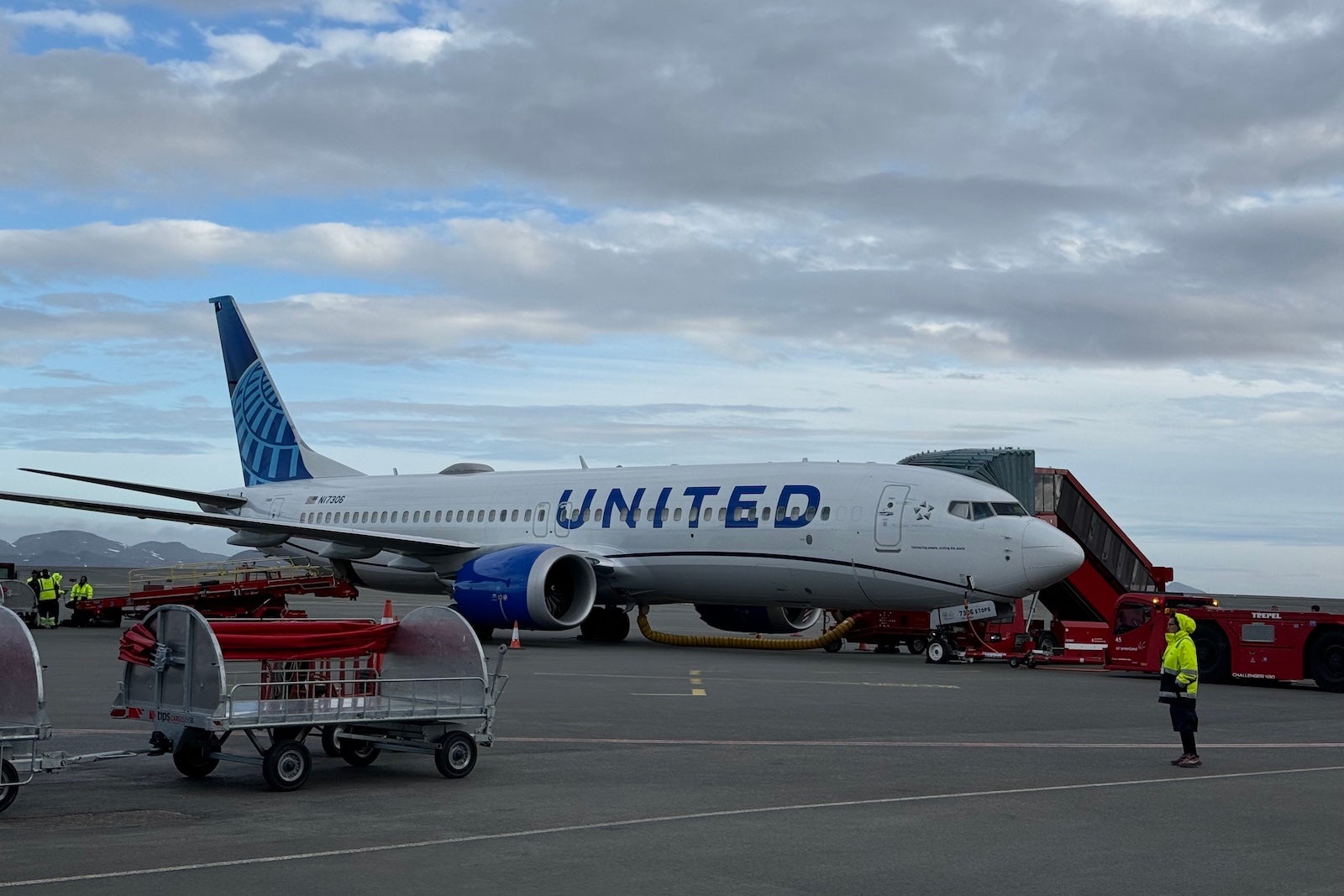
New plane, new routes
Next year, United is due to receive its first Airbus A321XLR — a new type of single-aisle aircraft that can fly across the Atlantic Ocean, first debuted last fall by Spanish flag carrier Iberia.
The aircraft’s combination of impressive range and a relatively low cost-to-operate has seen other carriers hail the jet as a “game changer” that could allow for craftier routes to more off-the-beaten-path destinations. A big reason: less risk. It’s a lot easier for an airline to fill up a smaller XLR than a large Boeing 777 — and a less expensive gamble if passengers don’t bite.
American Airlines, for one, has said its new XLRs should eventually open up new secondary cities in Europe and South America for the carrier — that is, once it first gets enough planes to first cover the premium transcontinental routes currently handled by its outgoing four-cabin A321T.
Enter United to the XLR mix, which of course already is flying to a long list of borderline obscure places in Europe, Africa, Asia and, indeed, the Arctic.
No hints from United
Any hints of where United might look to fly once it gets the versatile new plane? I asked the man who decides.
“I don’t want to tell you, because the two other airlines will copy us,” Patrick Quayle, United senior vice president of network planning, said this past weekend while on the ground in Greenland, referring to American and Delta Air Lines. (I had to ask!)
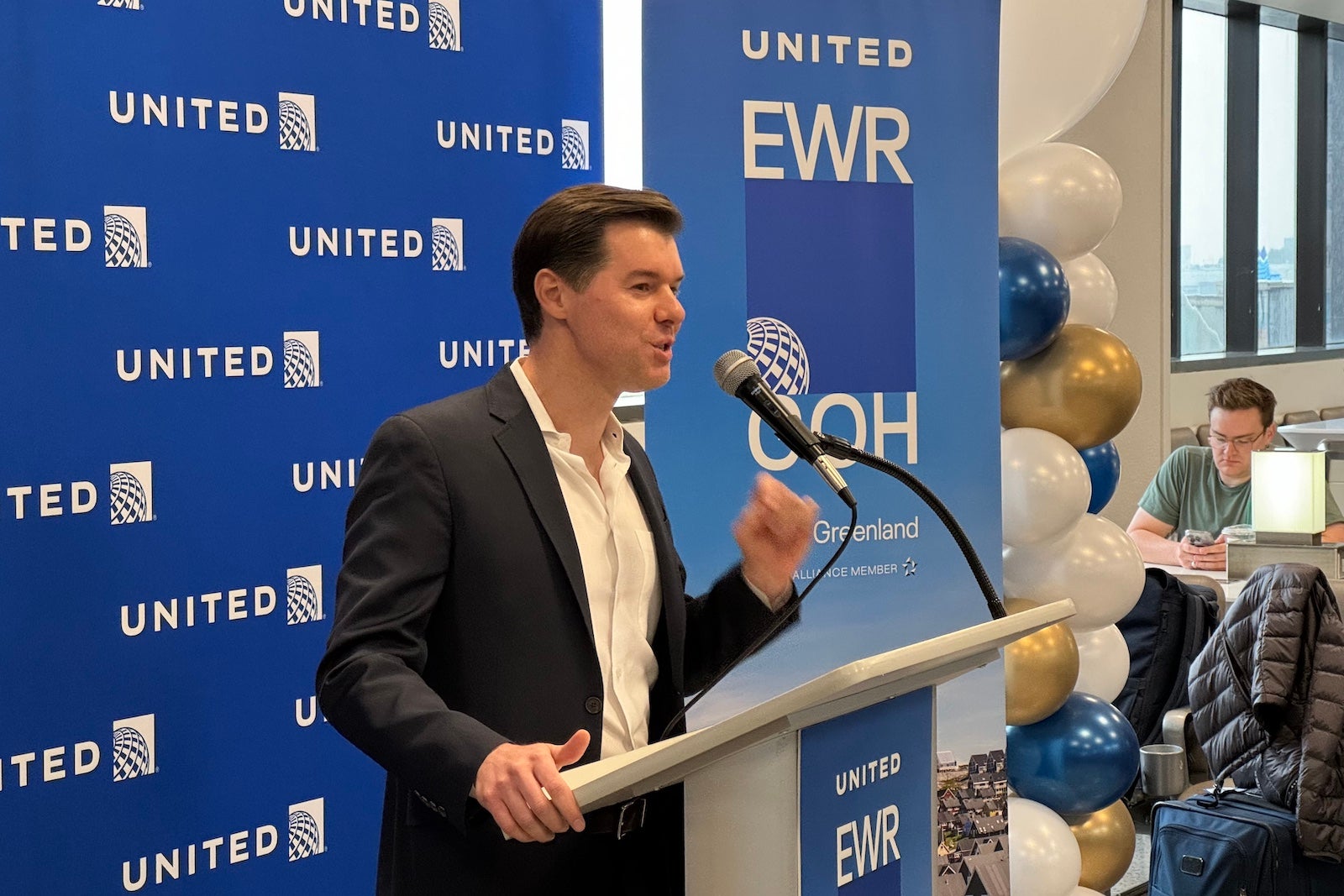
“If I tell you routes,” Quayle reiterated, “they will definitely add them.”
Besides, United has turned its seasonal “route drops” into splashy announcements, sometimes leaving breadcrumbs in the preceding days to summon some of the mystique an artist builds ahead of dropping an album.
United’s Airbus A321XLR plans
Quayle did confirm that United expects to get its first XLRs next summer. Part of the carrier’s longstanding plan for the planes — dating back to when it first ordered 50 of the jets late last decade — is to replace portions of its aging Boeing 757 fleet, which operates both domestically and on a handful of shorter transatlantic routes.
Beyond that?
“It’ll be used for growth — new destinations,” Quayle said before alluding to United’s recent wave of new, head-turning cities. “More in this same type of vein. Creative.”
During a recent appearance on CNBC, United CEO Scott Kirby more specifically noted the carrier would fly to “smaller cities in Europe and North Africa” with the jet. That’s not a huge surprise; the bigger question will ultimately be where in those regions the carrier opts to go.
We should note, these planes will be equipped in a premium configuration with lie-flat Polaris pods suited for long-haul flying.
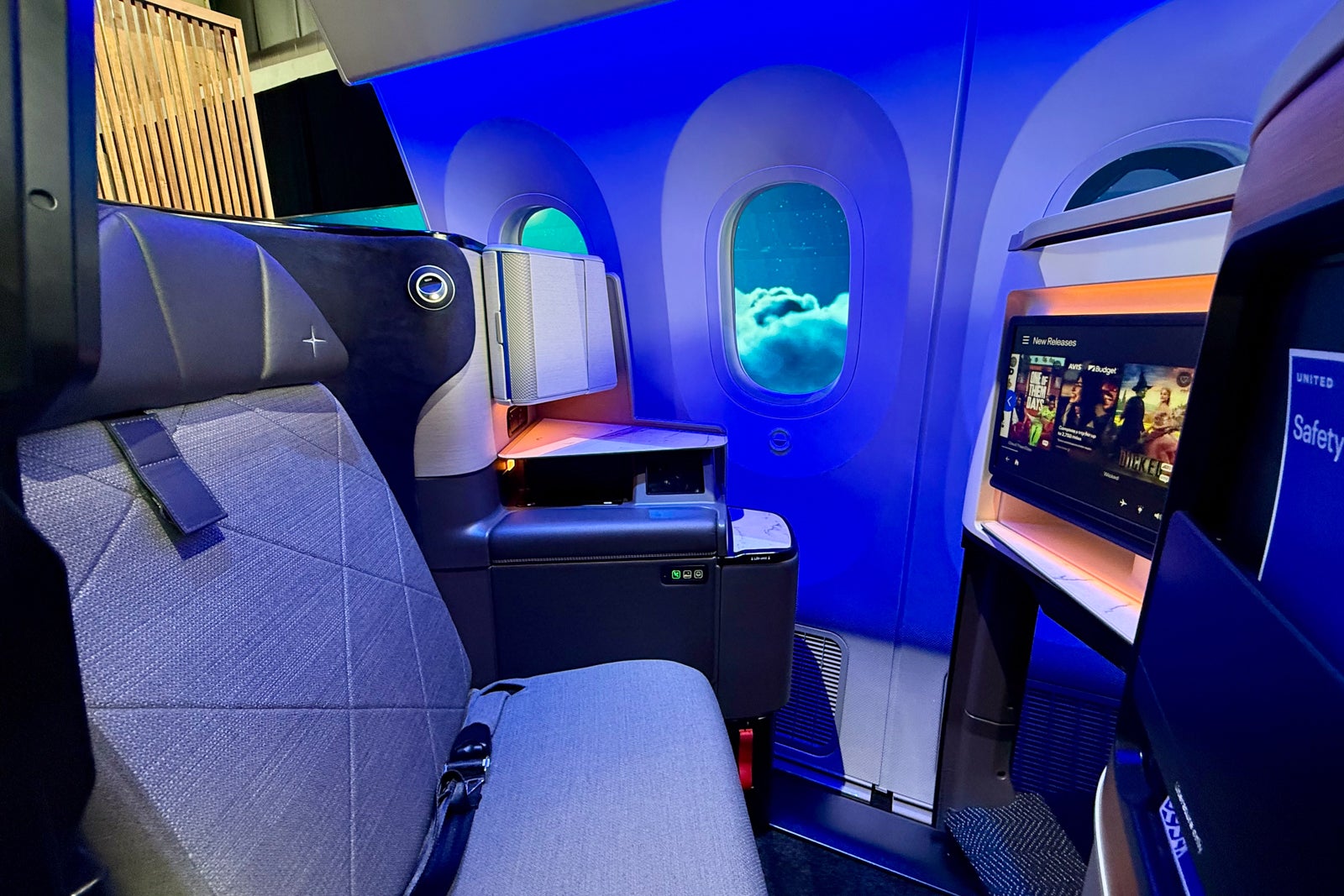
Going off the beaten path
Beyond any one aircraft, United executives have touted this strategy of launching obscure and especially novel routes as a pillar for its United MileagePlus loyalty program — even if there’s little data ahead of time to support flying to that location. The idea: that such novel destinations will inspire travelers to fly with the carrier, earn Premier elite status, earn and redeem miles and, perhaps, add a United credit card to their wallet to aid in that process.
That approach, Quayle told me, has roots in the carrier’s 2019 move to launch service to Cape Town.
“By adding that, we got this unique kind of view into what our passenger mix was and what our passengers wanted, and we started experimenting,” Quayle recalled. “We added a Dubrovnik. We added a Palma [de Mallorca]. And based on the success of those, we added the Azores.”
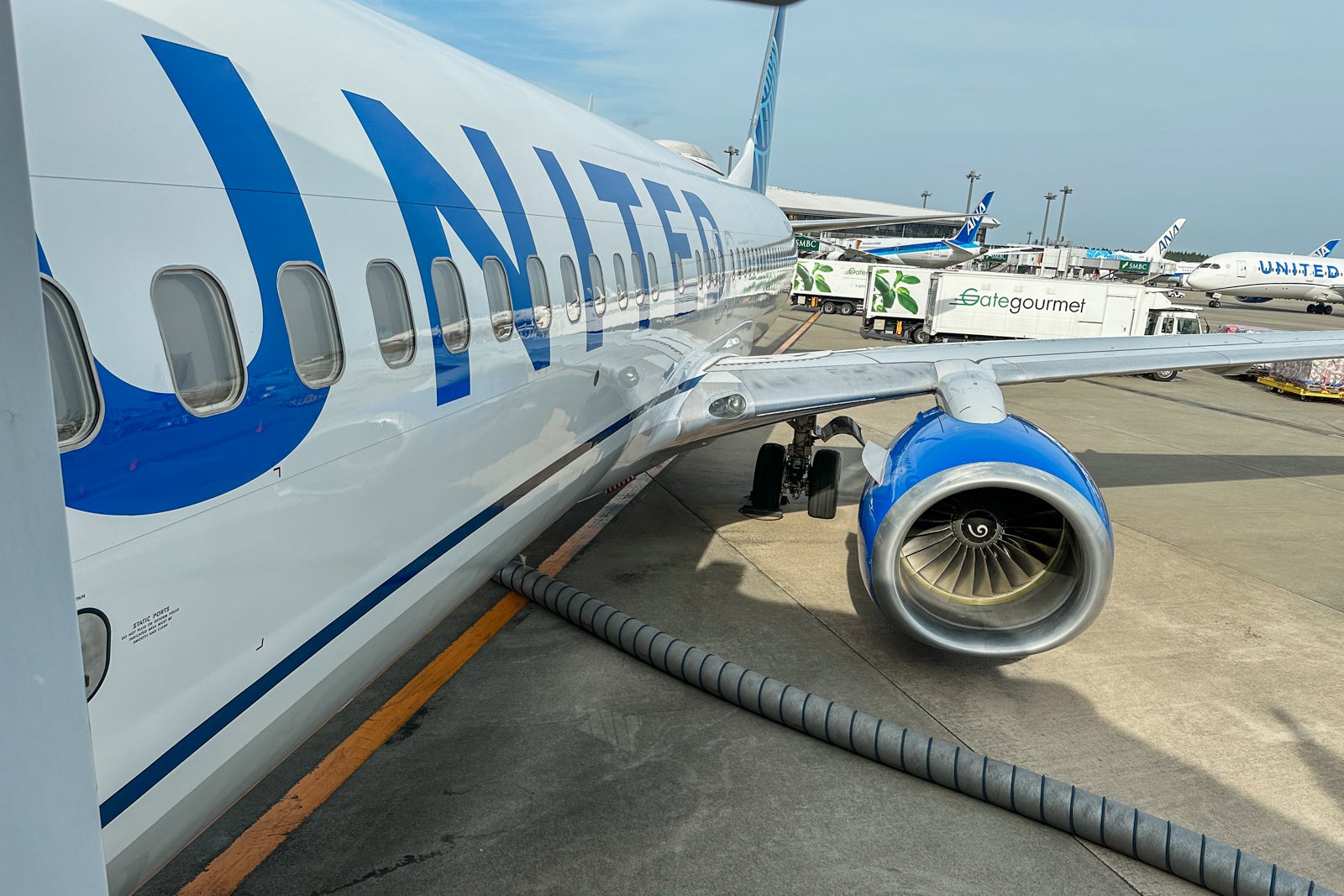
Sometimes flying to unexpected new places doesn’t work; United tried Bergen, Norway, a couple of years ago and ended up pulling out after one year. But increasingly, United’s fleet (and other airlines’, too, to be fair) allows for more of these calculated risks, which, for the travelers, should translate to some pretty intriguing new nonstop travel options.
It’s a bet United is comfortable making, as evidenced by its thinking around the first nonstop flight between the U.S. and Greenland in nearly two decades.
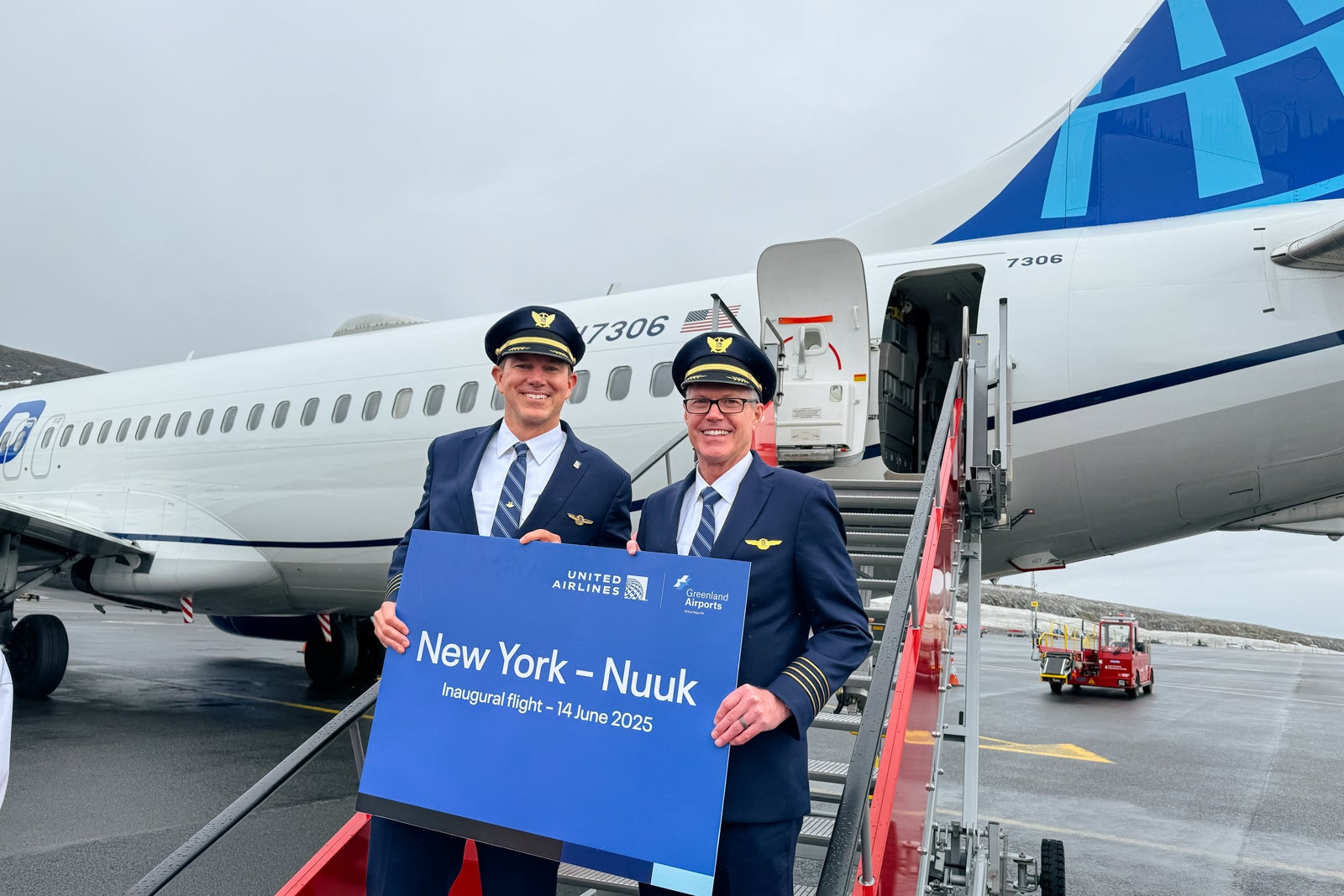
“We experiment more. But most of these experiments have worked out,” Kirby said at an industry conference earlier this month, touting the benefit airlines have to try new things. “You build a hotel in Nuuk, you’re kind of stuck. You fly a flight to Nuuk and it doesn’t work, you don’t fly it next season.”
Related reading:
Related Articles
The complete guide to earning Marriott elite status with credit cards
Editor’s note: This is a recurring post, regularly updated with new information...
Cathay Pacific just launched its stunning Aria Suites in North America — and we got an inside look
For those who call North America home and enjoy the finer things...
How to earn Delta SkyMiles, from using credit cards to online shopping
The Delta Air Lines’ SkyMiles program can be a valuable program for...
How to decide if a credit card’s annual fee is worth paying
Editor’s note: This is a recurring post, regularly updated with new information...











Leave a comment